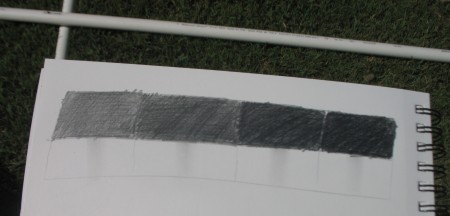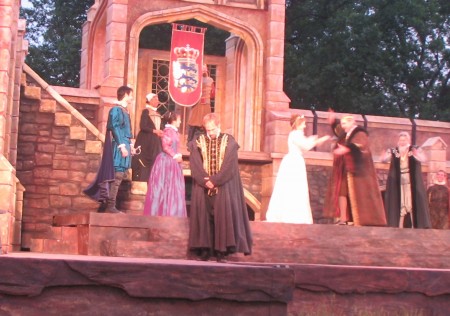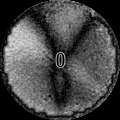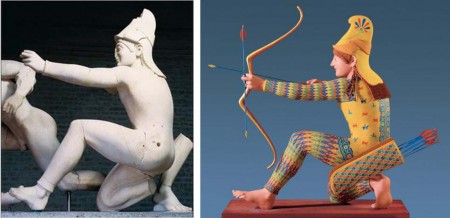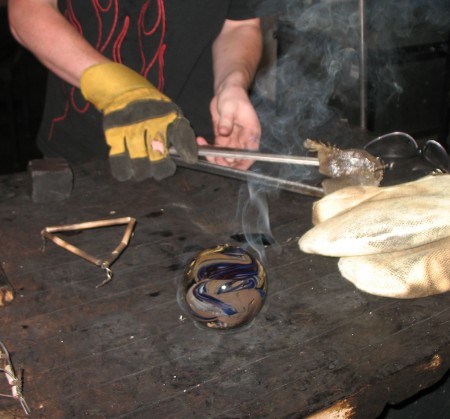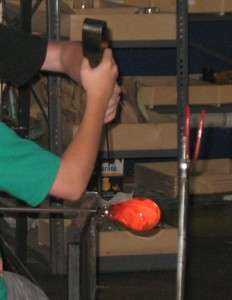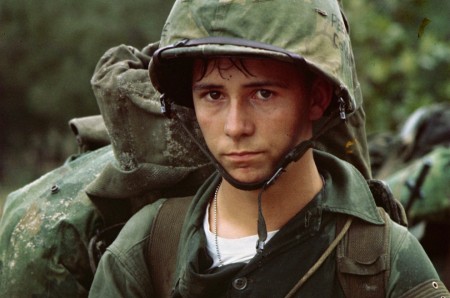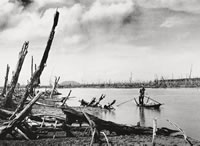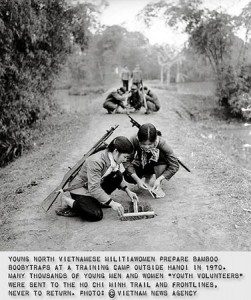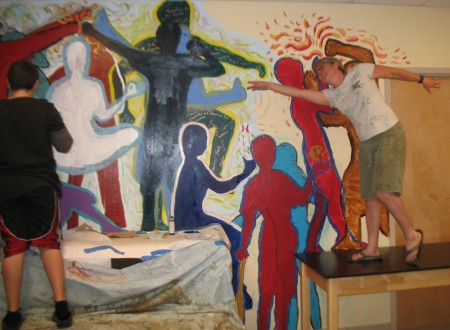
We’ve been really lucky to have the artist Mary Cour help us out with our classroom mural. She came up with the idea about two cohorts of students ago to paint students’ outlines on the wall and let the students fill them in with words and images that were meaningful to them. Early adolescence is a time of self-discovery and exploration, so this type of project is a wonderful way to encourage self reflection. I let students work on their silhouettes during personal reflection time, and they’re always eager; it’s easy to see why Facebook is so popular with this group.
The mural became quite the marker for the students and for the school, so now, every two years, we add the new group of students to the wall. The new outlines are superimposed over the older ones so you can still see previous generations of students, a tangible reminder of their legacy in the classroom.
